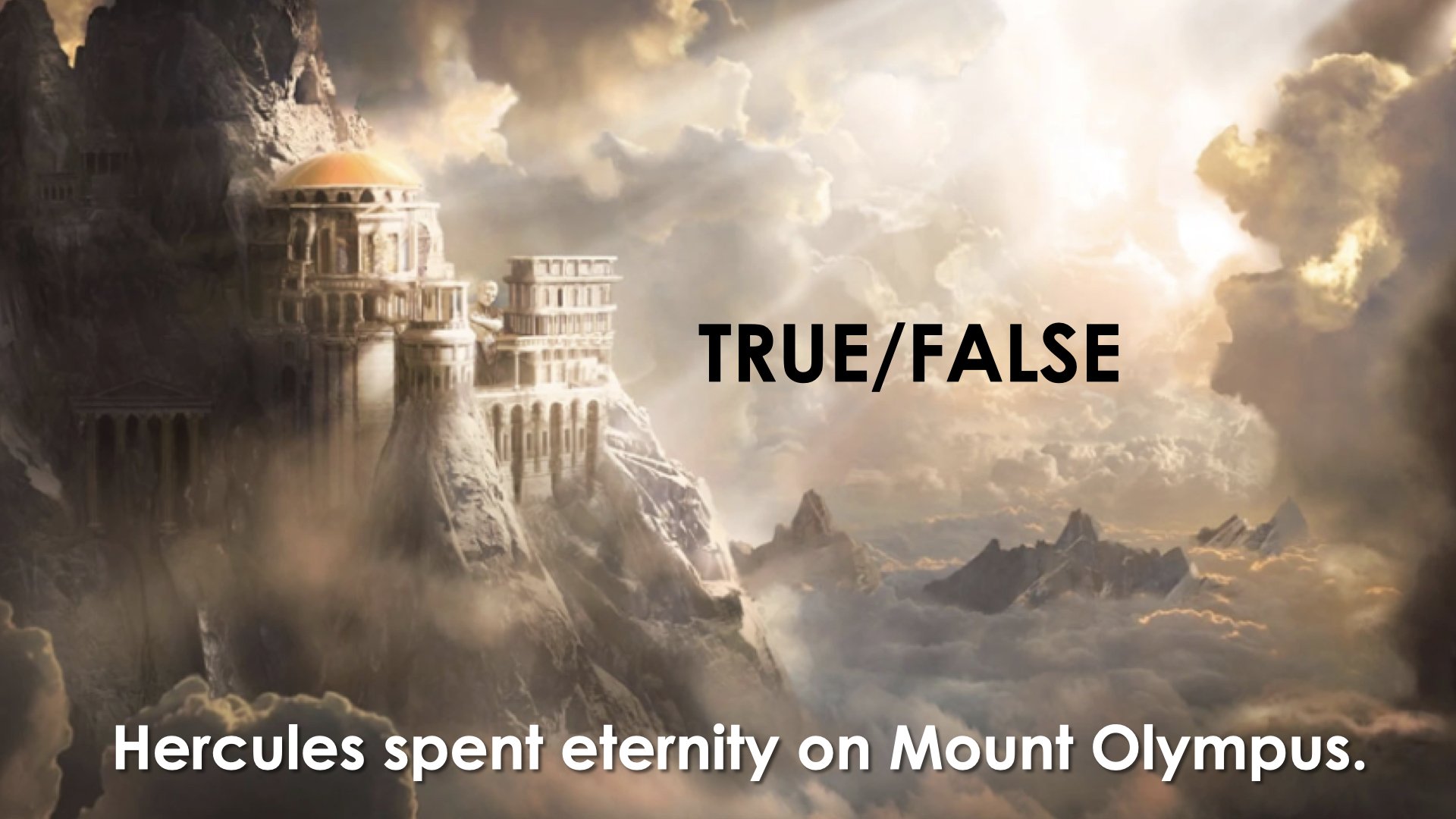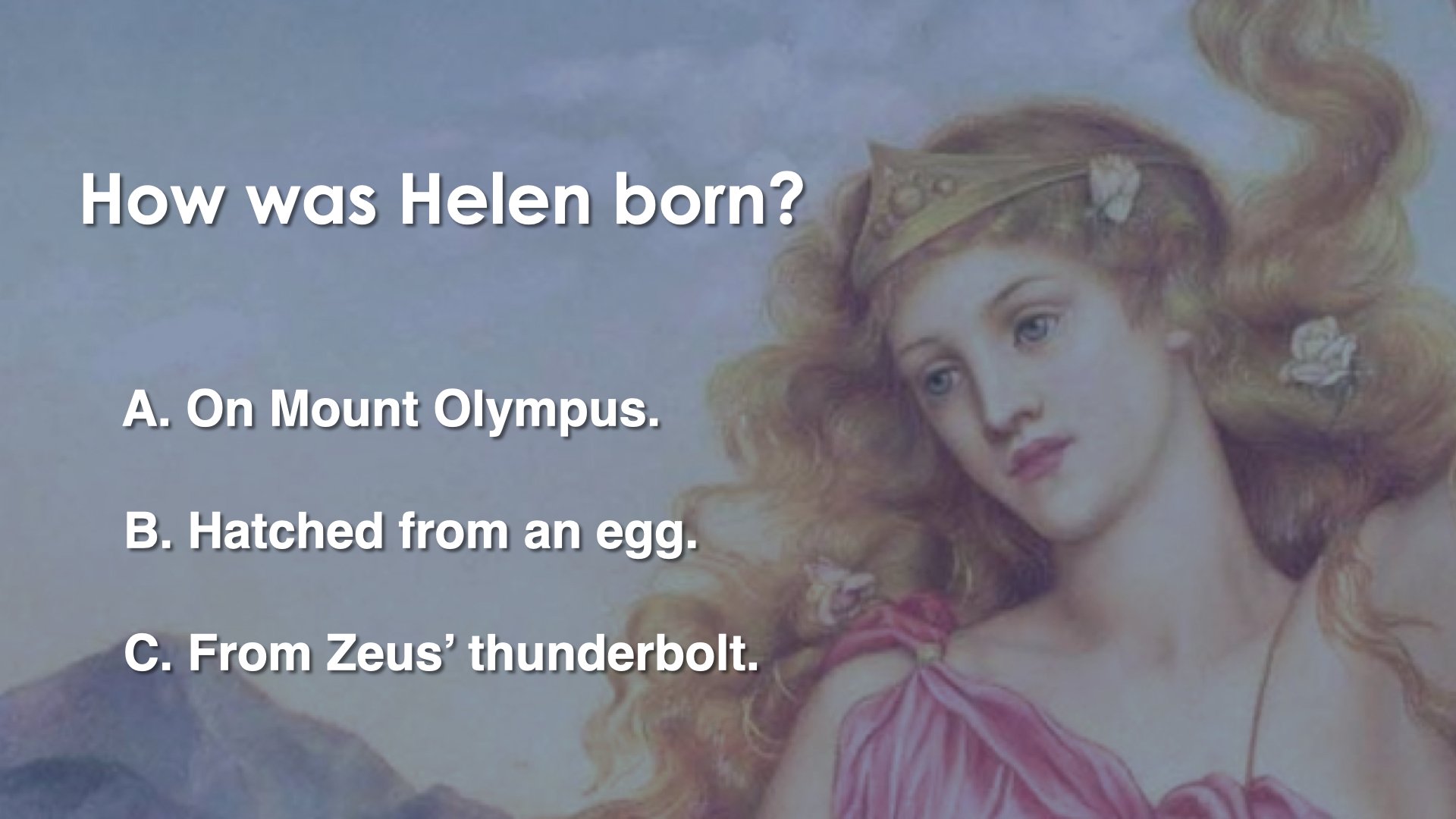The Power of Edutainment: How to Engage Your Audience When You Want Them to Learn
Prezi is an American video and visual communications software company with over 100 million users worldwide. They teamed up with the Harris Poll and best-selling author and executive coach Carmine Gallo to conduct a survey to learn more about what people do when they attend a presentation in the workplace. Almost half of the respondents admitted to doing something other than listening —popular answers included sending a text message (28%), checking email (27%), and falling asleep (17%).
Even when people attend a special event while on vacation or at watch a MasterClass online lecture at home, their minds stray from one thing to another. "What are we going to do this afternoon? How's my son? Did I forget to make a dinner reservation?"
So how do you keep your audience engaged? The answer - give them something to do.
In the Forbes Magazine article Is Audience Interaction a Good Idea? (October 27, 2016) Nick Morgan says, "The real purpose of audience interaction is to help them internalize the point the speaker is making."
Here are 10 activities that will edutain and activate the minds of your audience while helping them remember your talking points.
1. Take a poll.
Some speakers make this the very first thing they do. "Raise your hands if you... How many people watched last week's Super Bowl? Let's see a show of hands." People rarely get tired of joining in when asked to do things because they feel included.
2. Repeat a phrase.
Motivational speakers often have their audiences repeat phrases they want them to remember. Destination speakers sometimes teach foreign language words and phrases to familiarize their audience members with what they'll need to know when they travel to that country.
3. Do an activity...get out phone...snap a photo.
The one guarantee in life is that people will always have their smartphones with them. Have them take a picture of something on the projection screen.
4. Do a demo.
My wife demonstrates some hand gestures that she used in a dance number when she helped choreograph the Broadway musical The Will Rogers Follies. Step by step she teaches it to the audience. After that, she has them do it to the music.
The audience always erupts with laughter, and it's become an audience favorite whenever we present Broadway Showstoppers. Search through your talks, lectures and presentations to see if you can think of something to demonstrate. Better yet, is there something you can get them to demonstrate from their seats?
5. Guess True or False.
Put up a statement and ask them to decide if it's true or false. "True or False. When an oxygen tank exploded on the Apollo 13 mission, the astronauts thought they were hit by an asteroid. Raise your hands if you think it's true. Raise your hands if you think it's false."
6. Multiple Choice
Multiple choice is another way to keep them actively engaged. "When the Apollo 13 oxygen tank exploded on their way to the moon, how far was the lunar module from earth?
Was it A. 125,000 miles.
B. 293,000 miles.
C. 87,000 miles.
D. 200,000 miles.
7. Fill in the blanks.
On July 21, 1969, an estimated number of _____________ people worldwide watched the live broadcast of NASA astronaut Neil Armstrong stepping on the moon.
8. Ask a direct question.
Note: Your audiences willingness to answer direct questions often depends upon the makeup of people in attendance. People who know each other are more likely to respond openly. Larger audiences consisting of people who don't know each other are typically more hesitant to respond to direct questions.
9. Make your audience the hero of your story.
Put them into the driver's seat. This technique is widely recognized as one of the best ways to get your audience involved in your stories. Here's an example.
Show a slide of the surface of the moon from the hatch inside Apollo 11. "Imagine that you are one of the astronauts aboard Apollo 11. Not Neil Armstrong. It's you.
Now, you've just been given the OK to open the hatch and climb down the ladder. When you step into the moondust, you need to say something to the world. What are you going to say?"
10. When possible, give them a takeaway.
For example, if your talk is called All Things Coffee, leave them with this "The next time you take a sip of your tasty cappuccino, remember the long and tedious process that it took to invent what you now hold in your hands.




